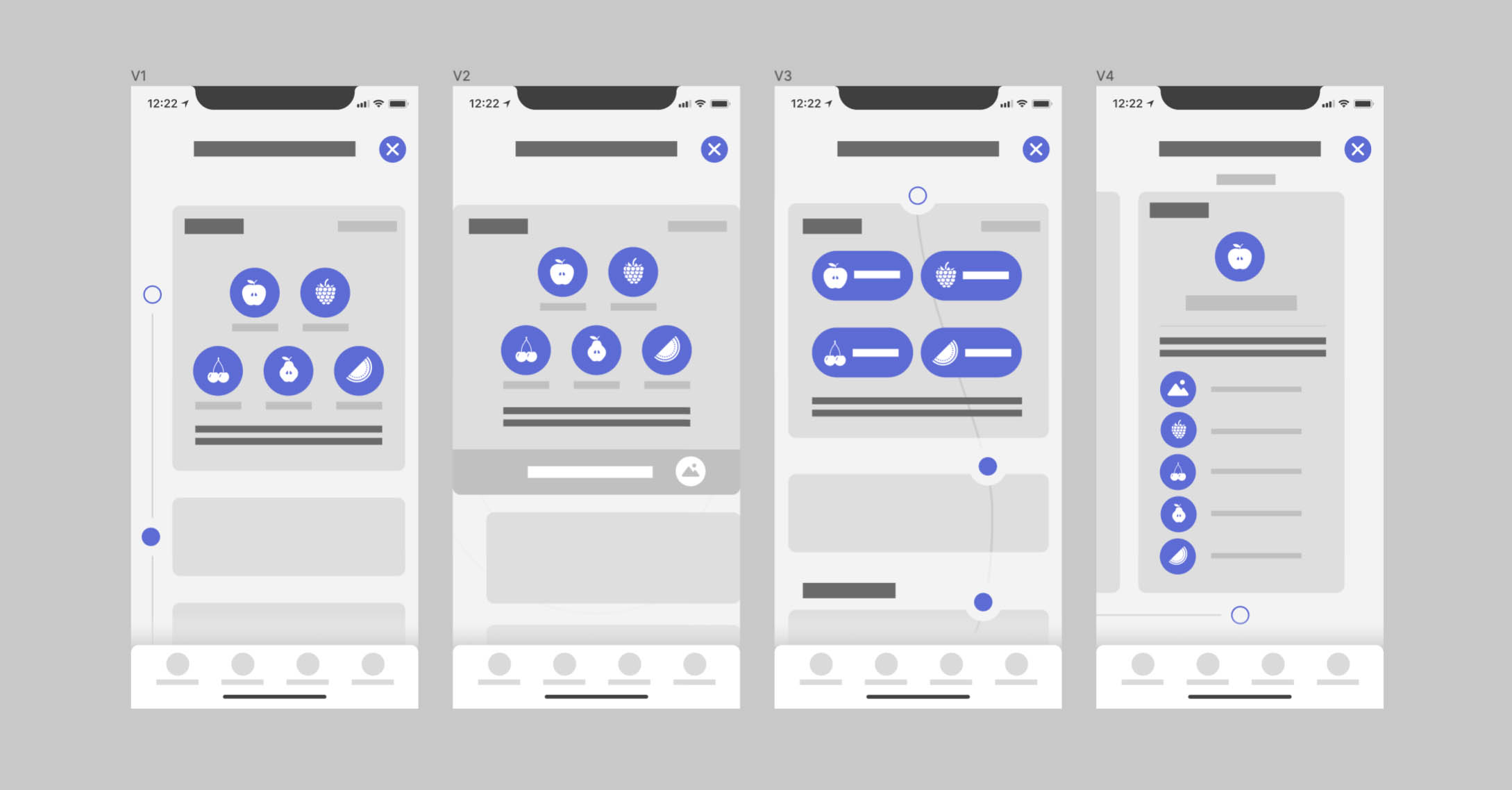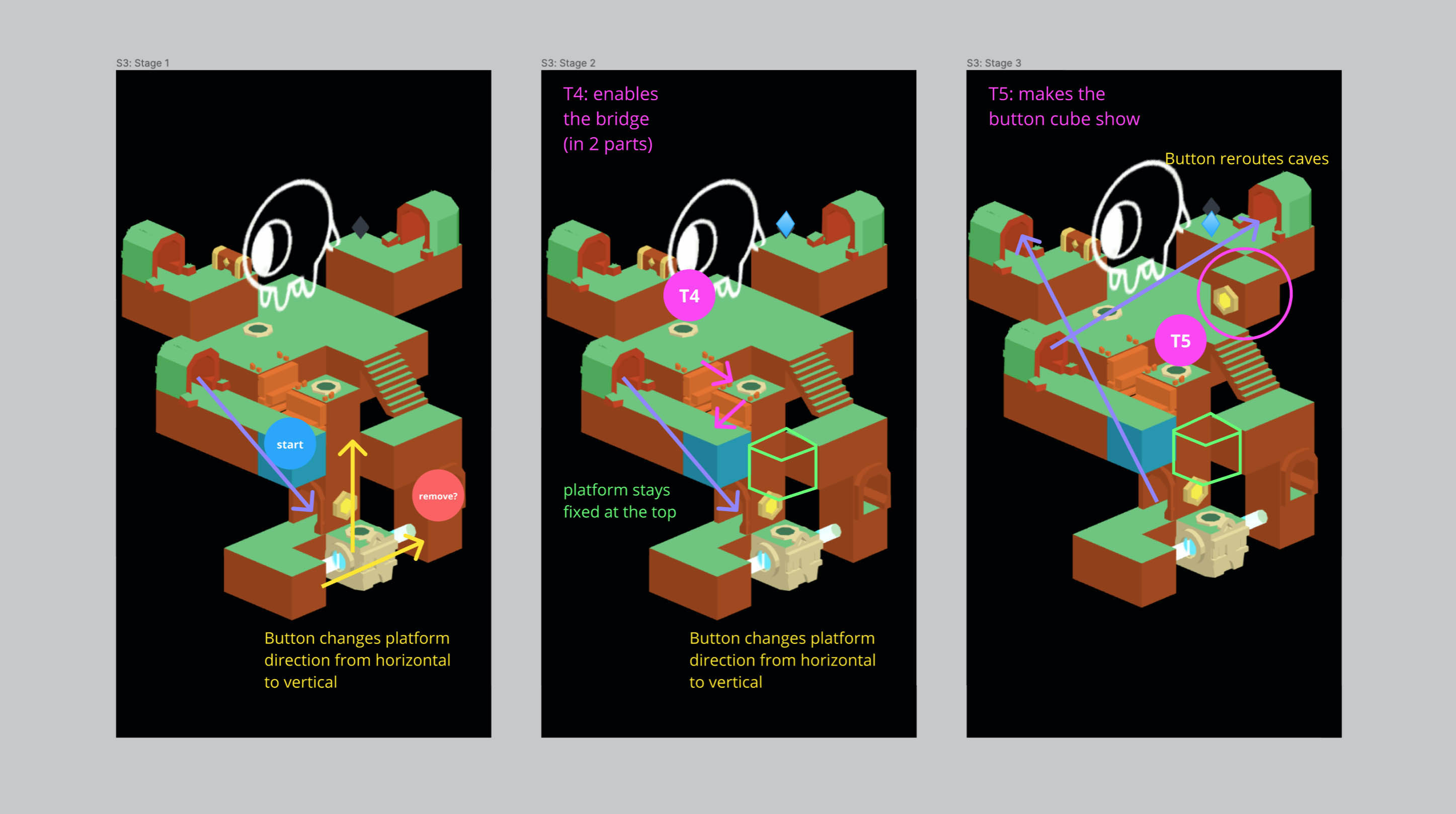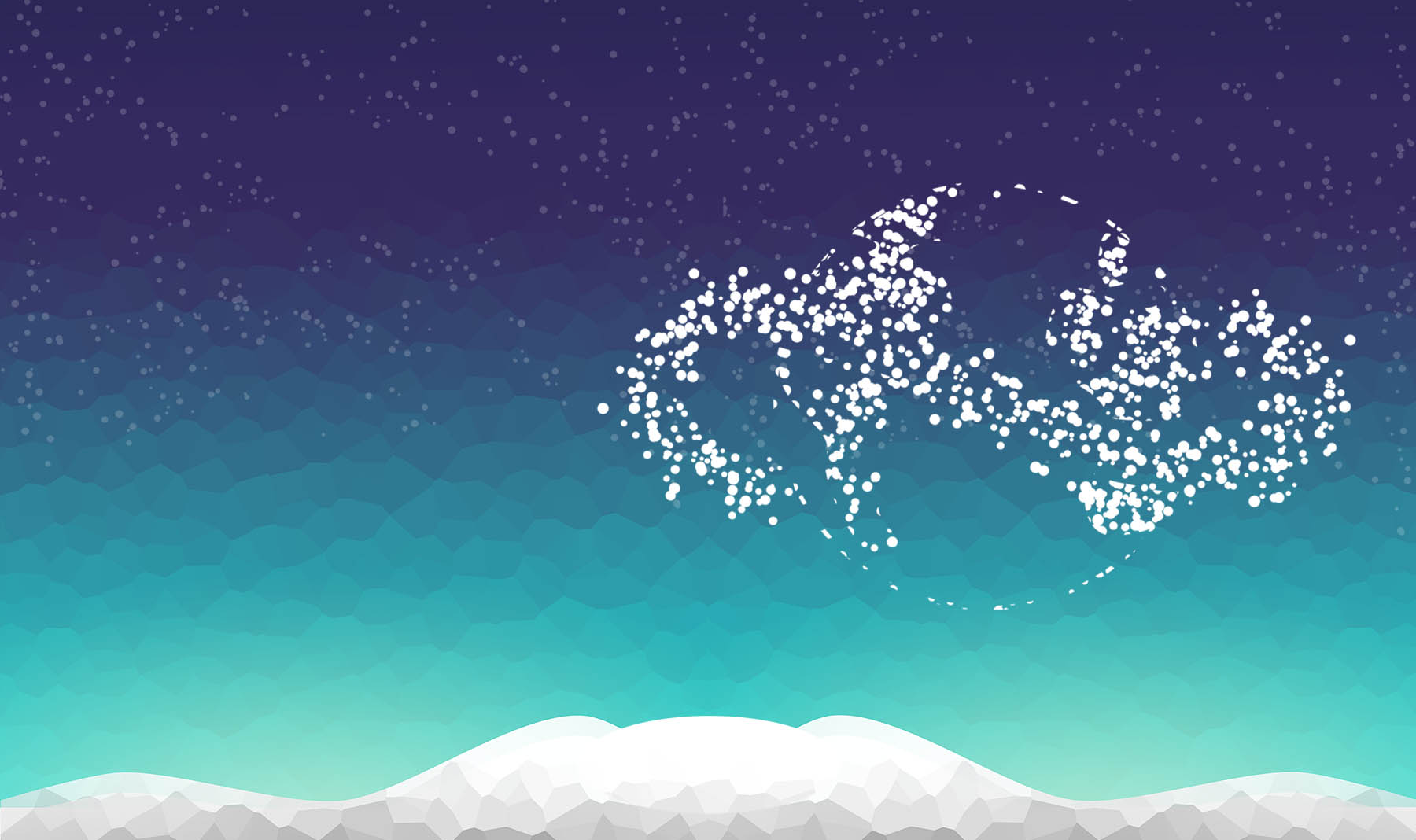Mobile Game
Quick Info
Team: Mindforce Game Lab
Role: Game Designer, UX Designer
Year: 2018 - 2023
Website: mindforcegamelab.com
Currently in beta
Most recently I've worked as a game and UX designer on Fig: A Playtient Journey - a 3D mobile game to help people build healthy lifestyle through interacting with the game. More info at mindforcegamelab.com.

My role in the project
I joined Mindforce Game Lab quite early in the process of defining the game. At that time the game's theme and core mechanics were decided, but a lot of other elements such as rewards, game vs. healthy habits, UI, and narrative still required a lot of work. I started from hepling out on UX and mapping overviews, and through participating in the game design meetings I took over as the game design lead.
As the project developed the mechanics have changed a lot to fit better with the goal of tracking health and motivating playtients. Thanks to the team's support I was able to lead those changes.
Working at a small startup I wear a lot of hats and work on a lot of different things, ranging from occasional concept art to project management. Below I brake down my main tasks and contributions.
Note: Unfortunately I can't show much of my actual work, so all images are simplified or pixelated on purpose to censor content.

Wireframing
One of my main tasks on the project is UX and UI, trying to find a UI design that's intuitive and satisfying to use. I spend a lot of time wireframing the interfaces in Figma, then communicating with developers and UI artist about the functions and UX requirements.
The image presents simplified wireframe layout tests.
Creating Overviews
I create product maps and various visual overviews to help the team membrs understand the systems and game pacing better. That includes mapping when features/rewards unlock, game loops, session flows, feature dependencies, etc.
Tools of choice include Figma, Spreadsheets and Whimsical.
Writing Documentation
Stepping into the role of a game designer, I had to fill in a lot of missing documentation and start working on detailed breakdowns of game events right away. In order to make the documentation more developer-friendly I tend to add a lot of visuals (e.g. storyboards, graphs, tables) explaining the interaction flows.
These days I us Confluence for the Game Design Doc. After realizing that no-one read our 30+ page GDD, I converted it into a wiki, to easily link individual pages to people who need them. It improved the workflow a lot! And made it easier to update information about different features.

Level Design
Throughout the production we explored several different types of gameplay, including short puzzle levels and open-world-type adventure. In both cases I was involved in creating the levels in Unity alongside a 3D artist. I created the Village world, and maze-like Forest, and about 16 fully playable puzzle levels.
While leading the vision about the game progression, world evoluion and themes of the different areas I also created concept art for those (based on the pre-existing concept art).

Narrative Design
Since I began working on this project one of my main goals was to improve the narrative and introduce tutorials. At first I worked on a mission system and writing all the mission scripts. I wrote and tested most of the in-game dialogues, tutorials, etc. I also collaborated with the programmers on the technical solution for the narrative system, listing the needs for optimal flow.
Currently I work with a writer on expanding the narrative system, taking into account the game pacing and overall story and character evolution. These days I mostly act as an editor for the game script, but I'm still involved in writing barks and flavor texts.
Communication and other responsibilities
Communication is on of my central responsibities. I believe strongly in communicating everything, even the obvious. I hope that everyone in the tam can be on the same page about the project goals and constraints. I'm regularly communicating with different departments, and trying to find common ground between the vision and what's actually possible.
On a daily basis my work contains a lot of decision making, sometimes making difficult calls, but thanks to my team's support and trust they are not that difficult. I prototype a lot in the form of wireframes, passing them as references to team members. Beside that I also work a lot on writing support documents, drafting visions, and periodically making project status presentations for the management.

Next Project
Global Game Jam is a 48-hours game development hackathon, that takes place all around the world during the same time. With my initiative Umeå, Sweden join that global event for the first time.
